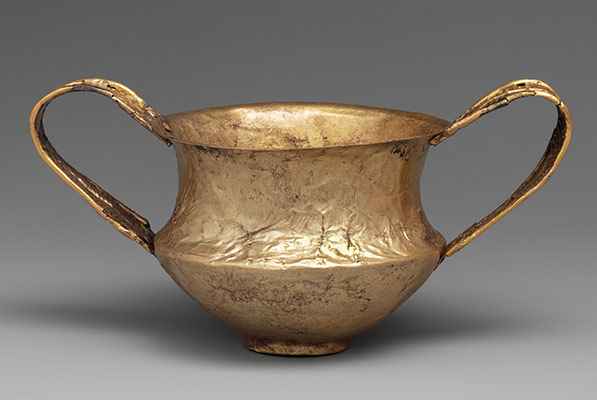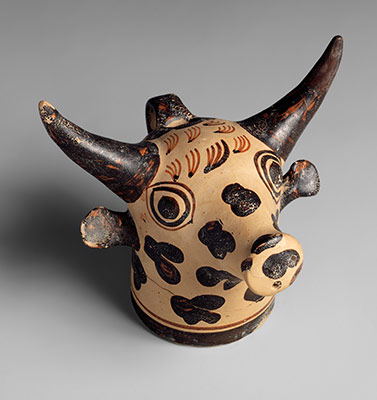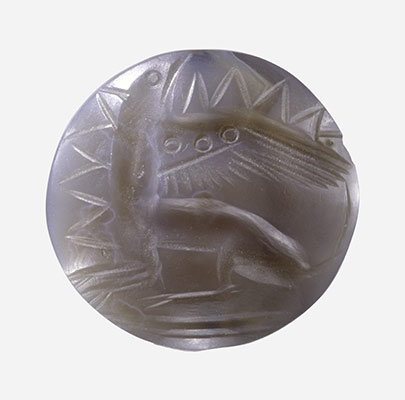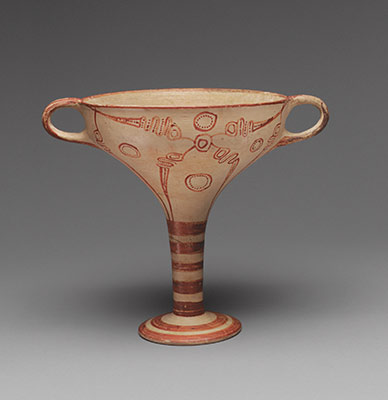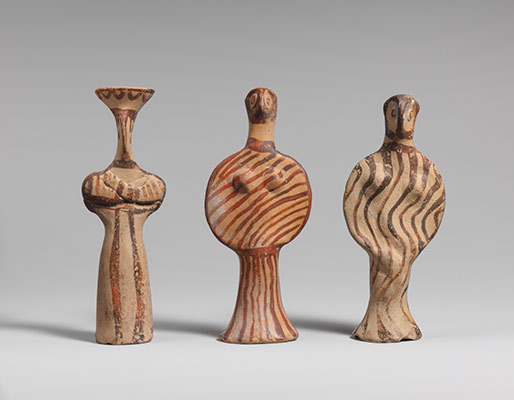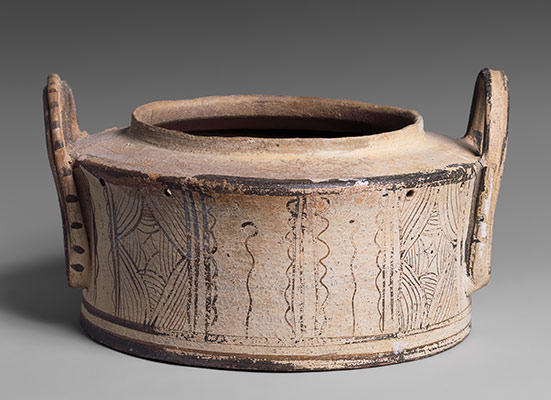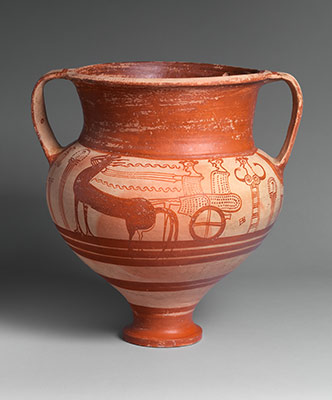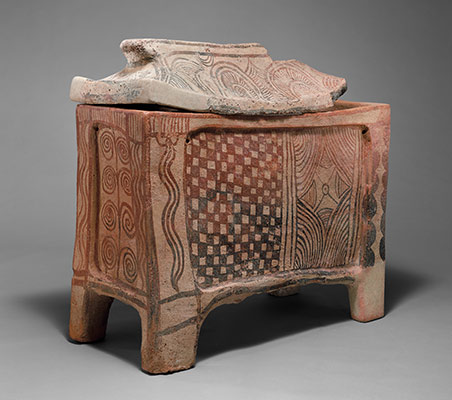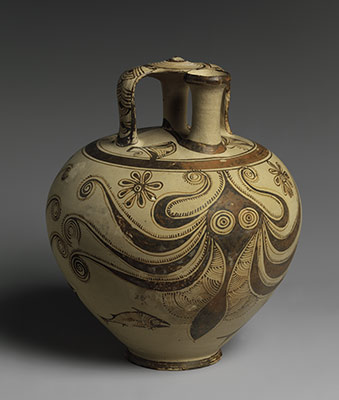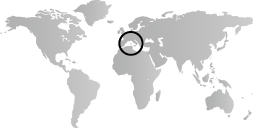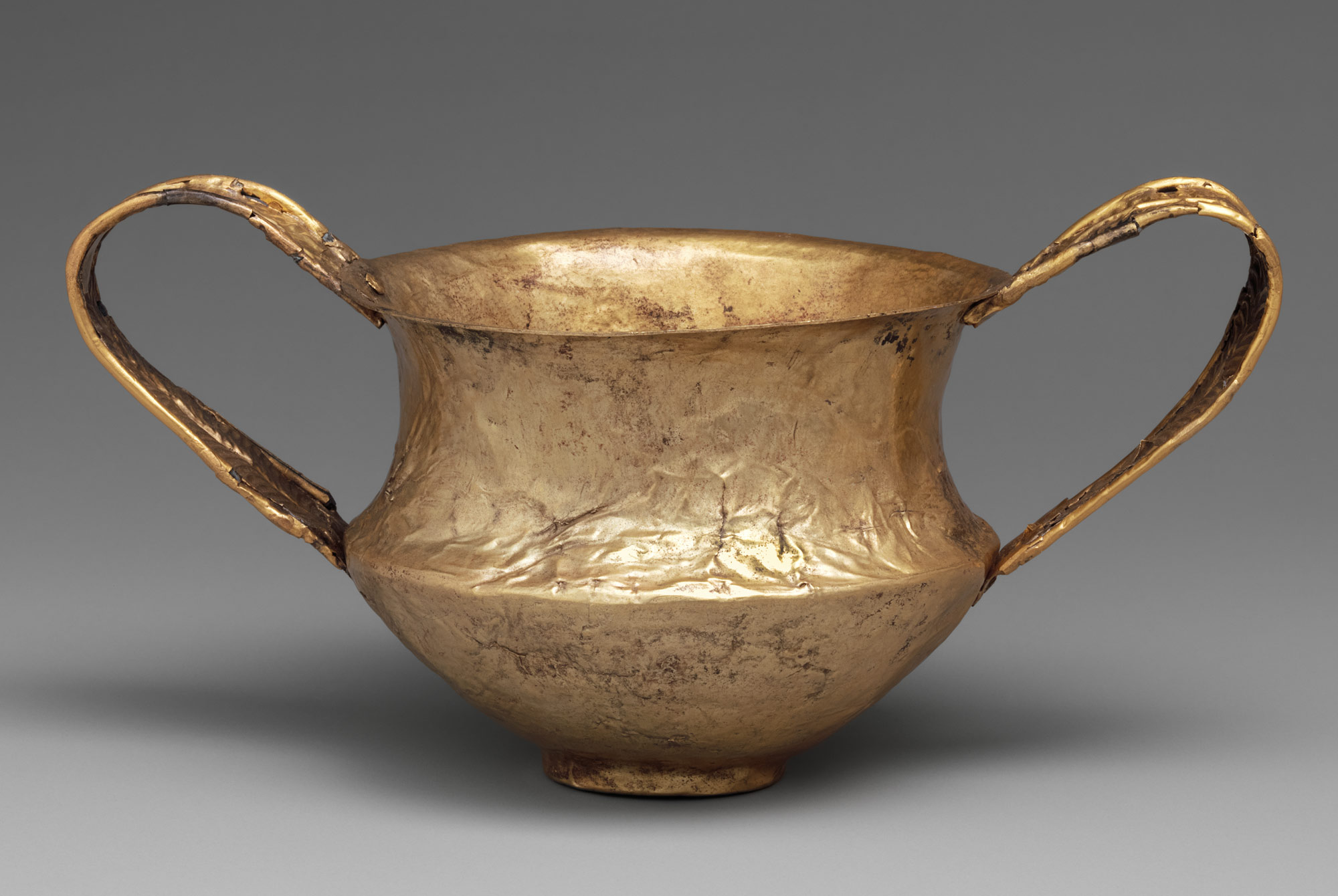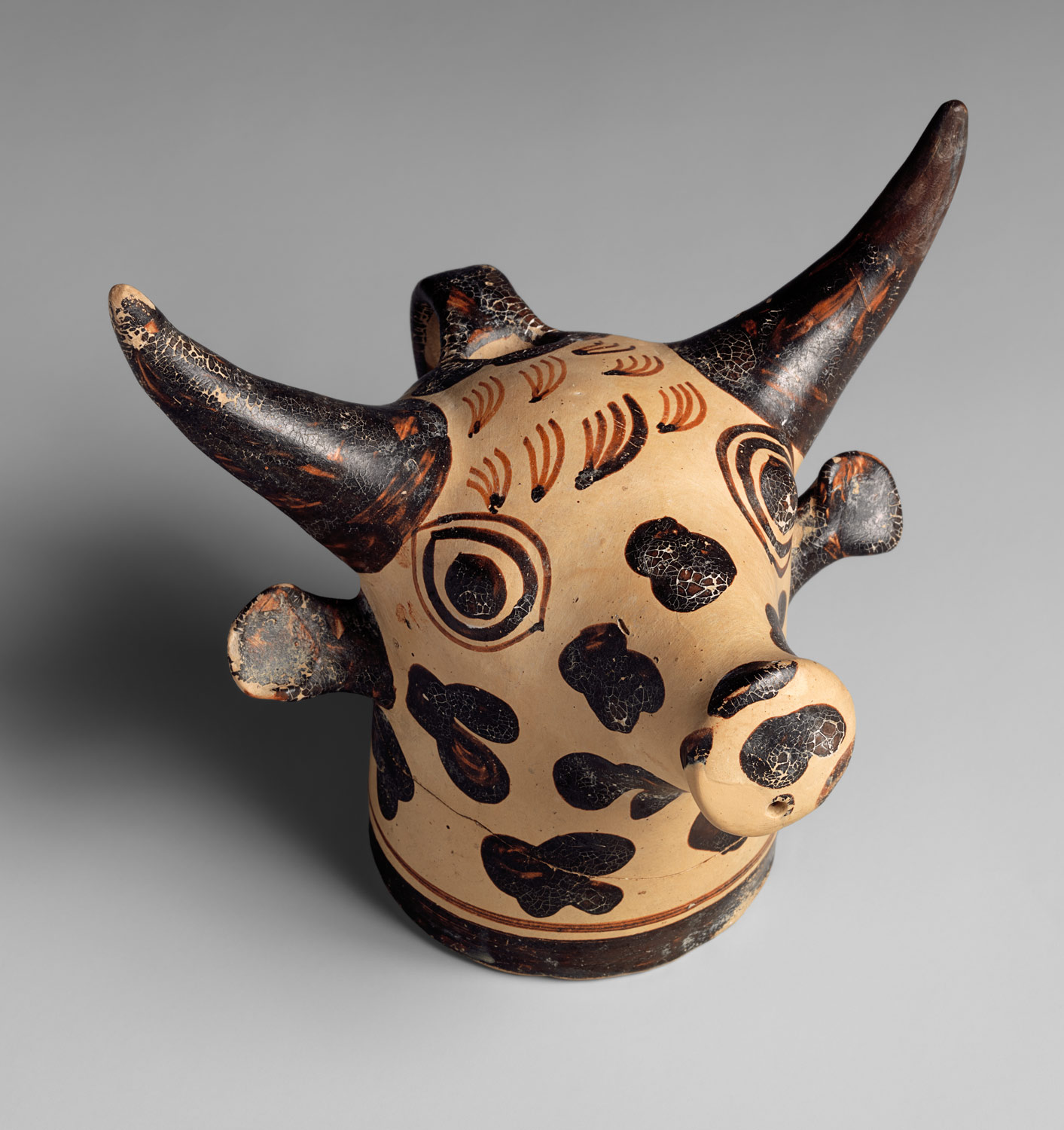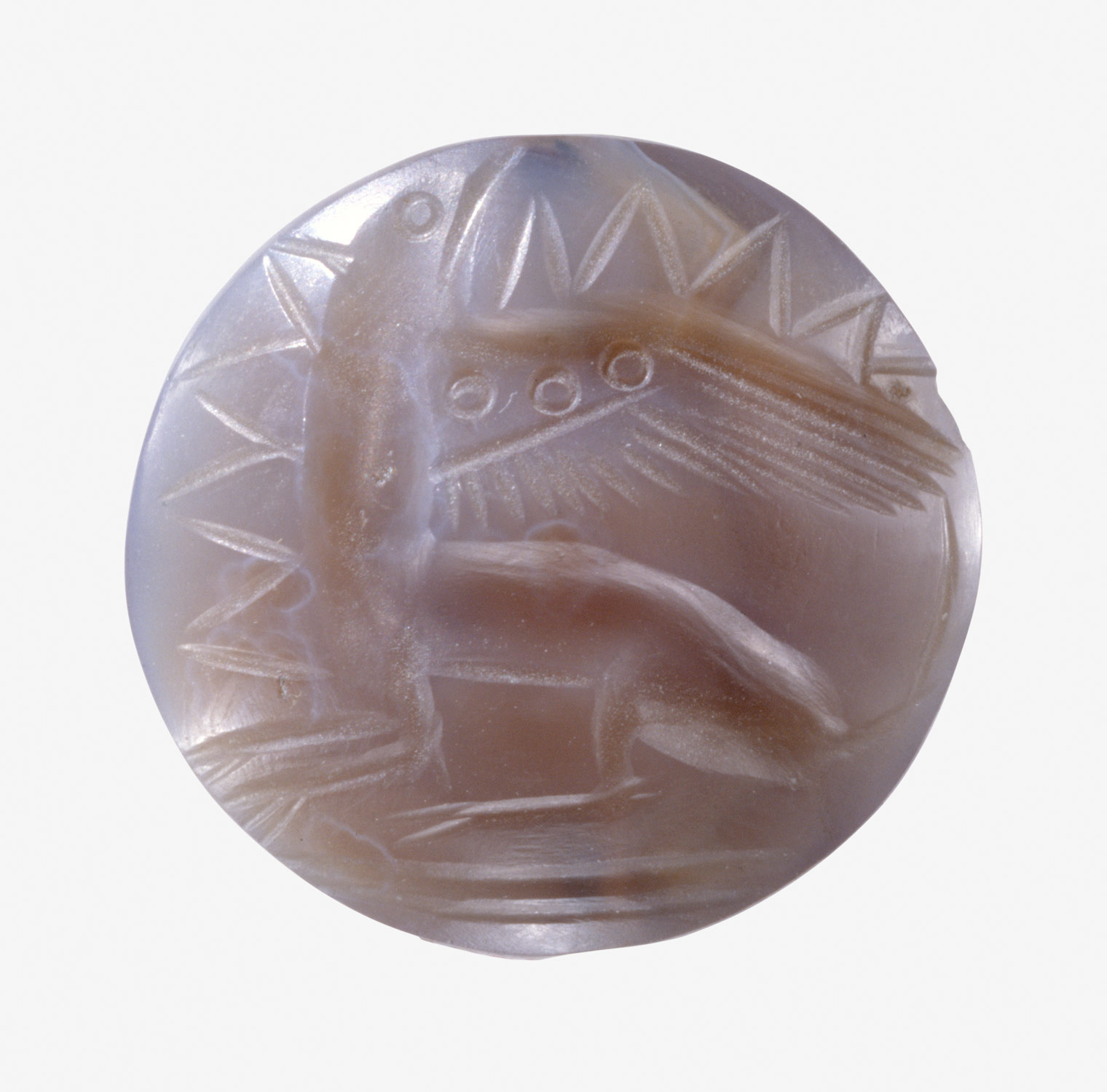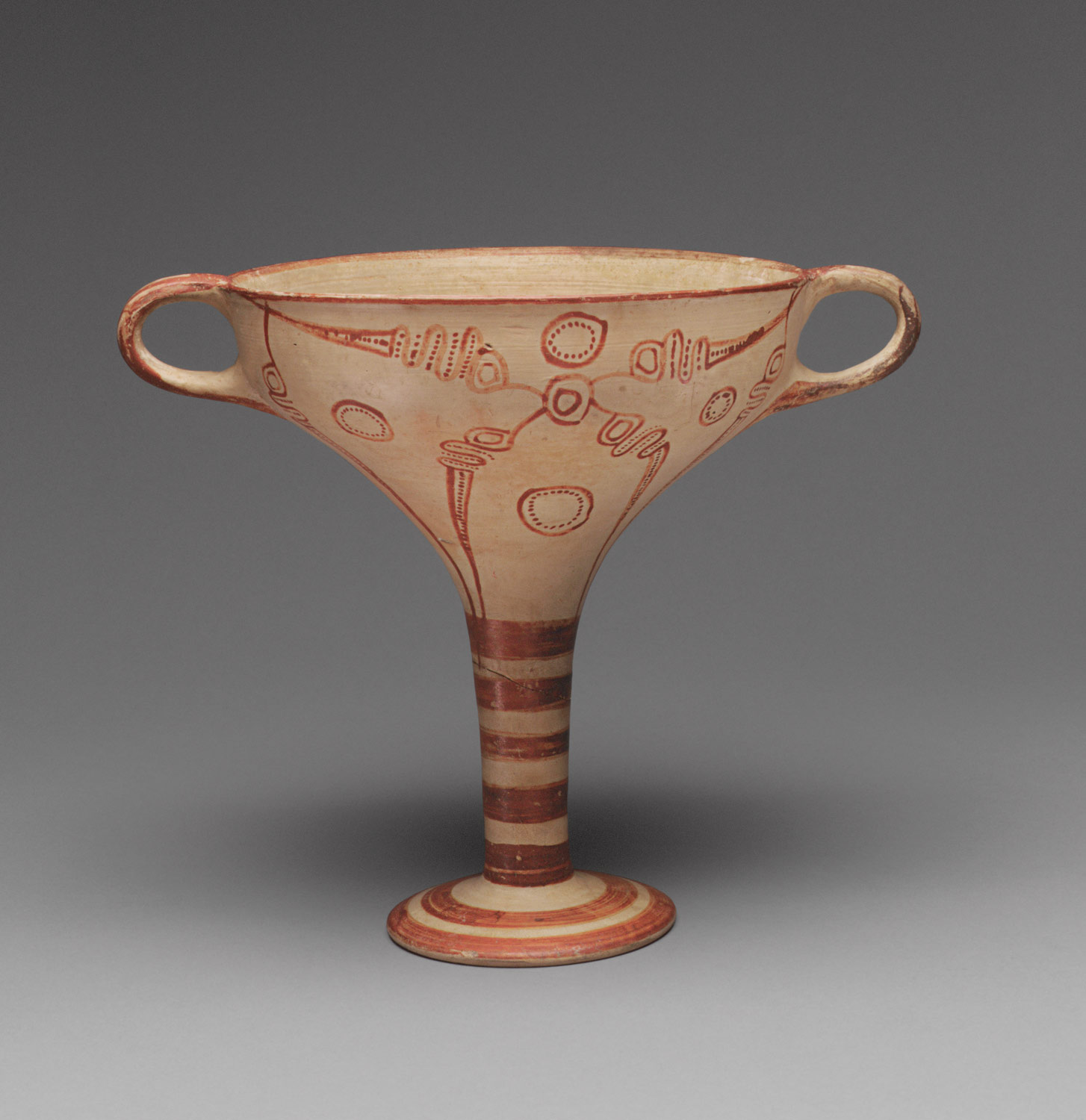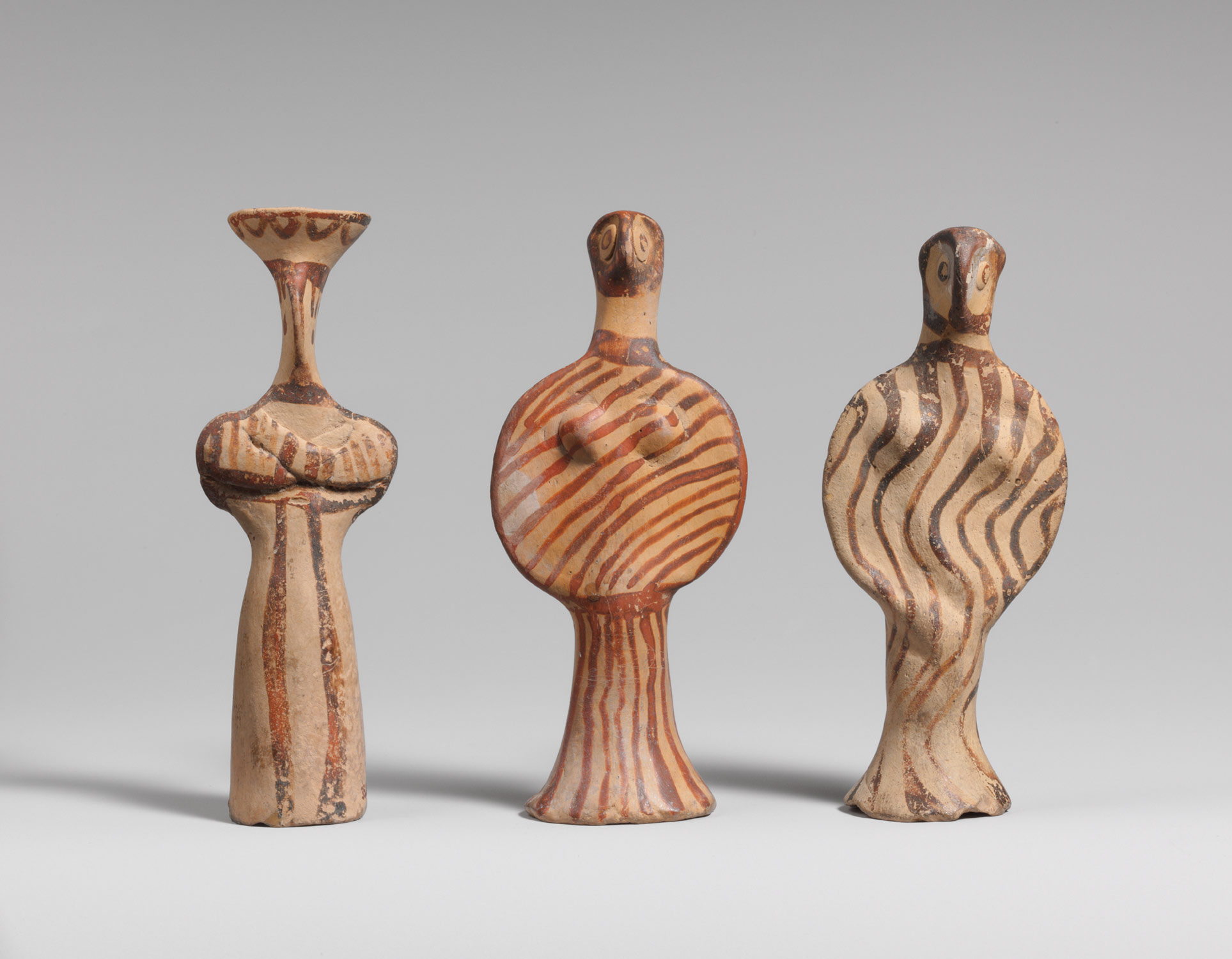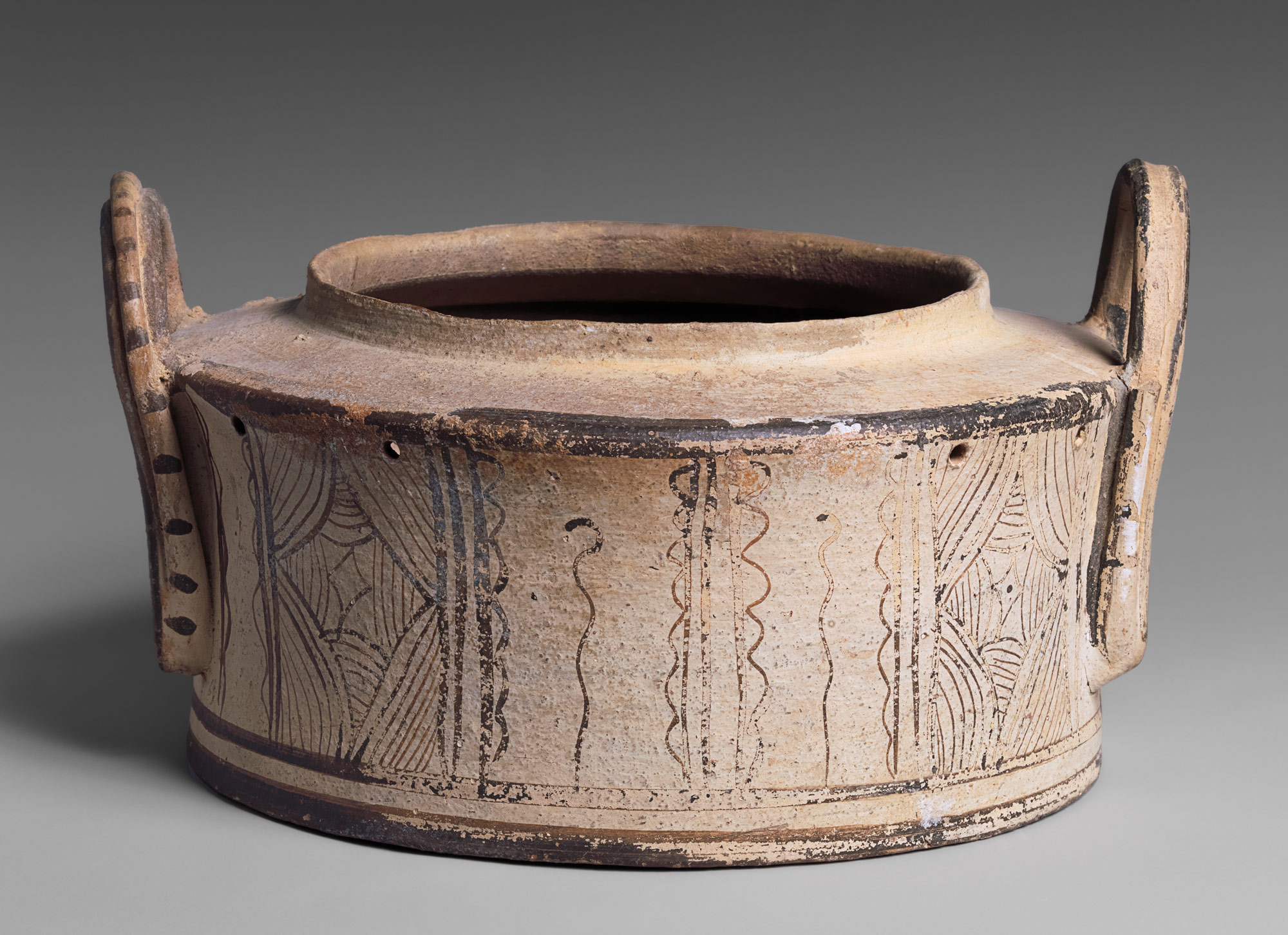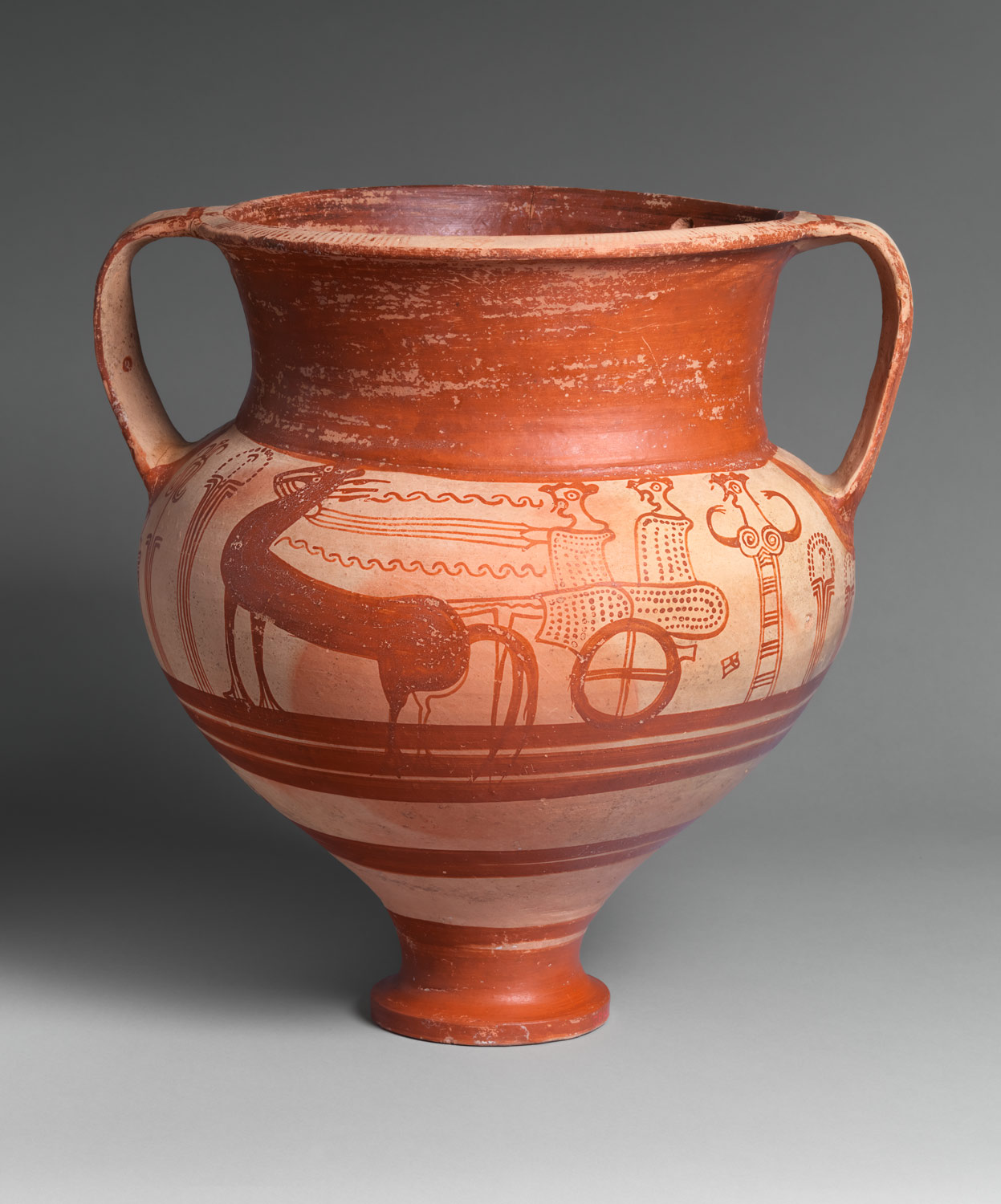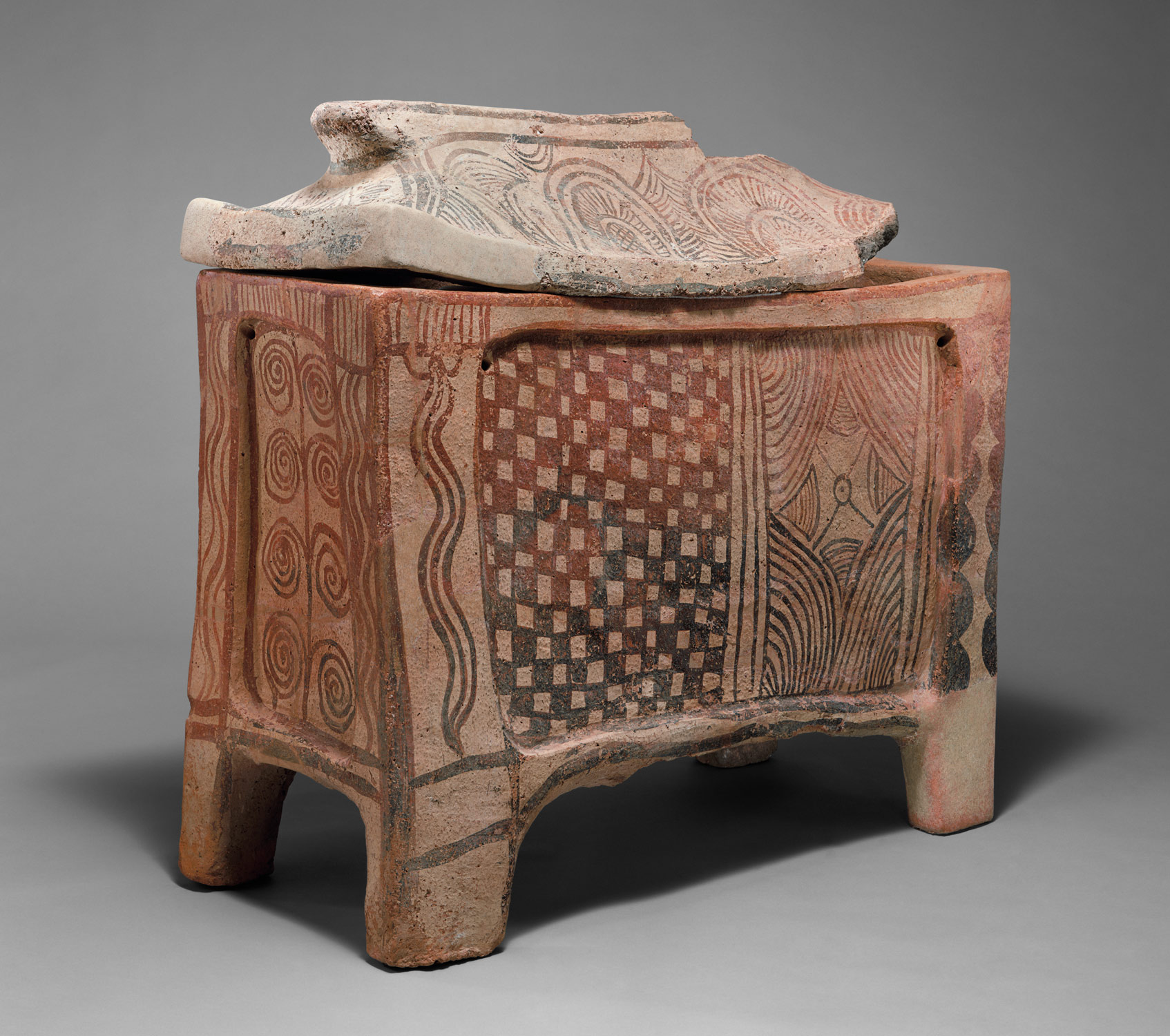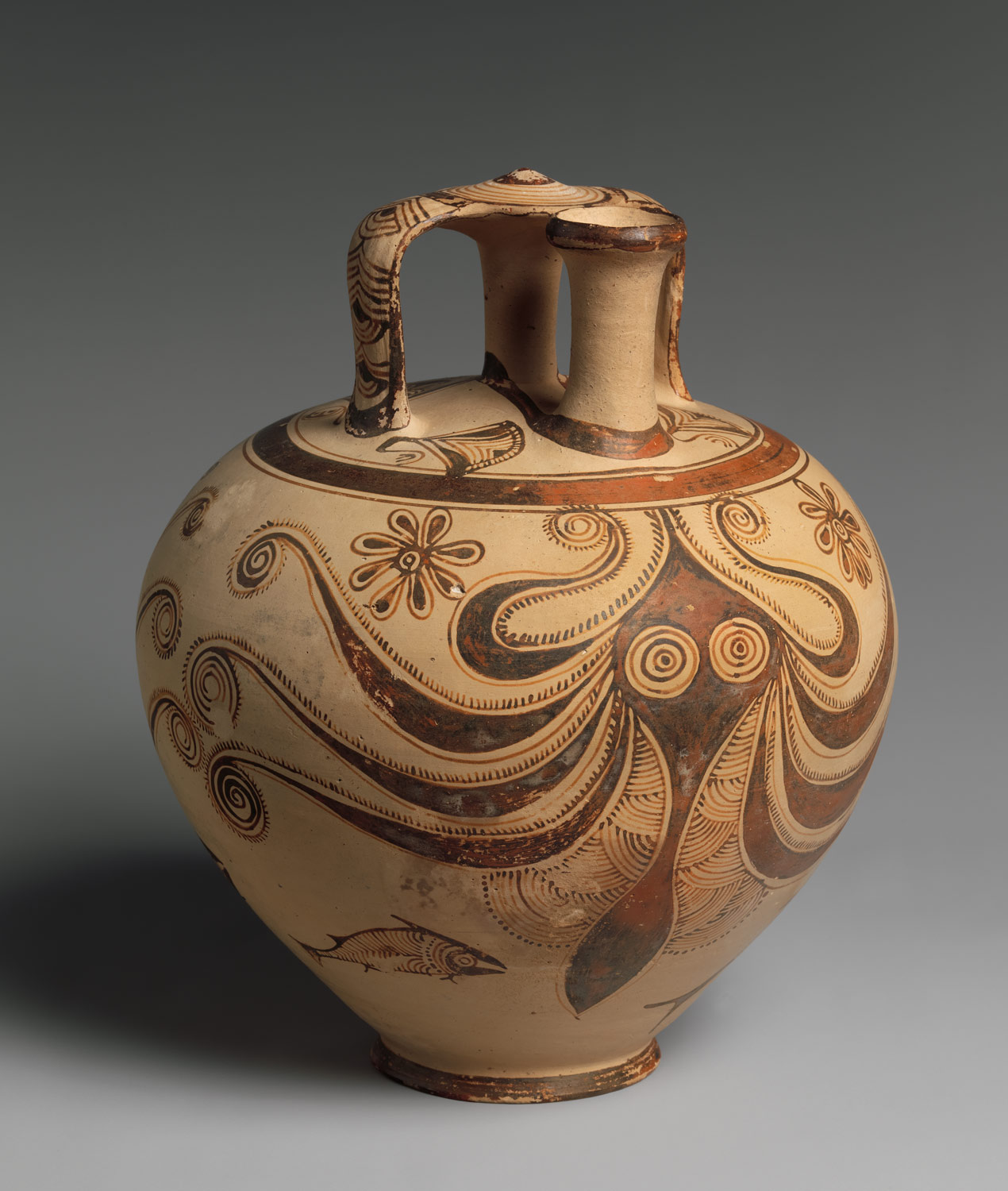Archaeological evidence provides some indication of the disparate cultures of southern Europe and their histories between 2000 and 1000 B.C. On the Greek mainland and islands, complex societies, in which craft specialization develops, emerge, flourish, and collapse, and the use of bronze for weapons and tools gives way to the introduction of iron. On the Italian peninsula, Italic tribes enter from the north, bringing with them the knowledge of bronze. Across the Italian and Iberian peninsulas there are significant migrations, changes in settlement patterns, and an influx of eastern Mediterranean goods.
Southern Europe, 2000–1000 B.C.
Timeline
2000 B.C.
1750 B.C.
BALKAN PENINSULA / ANCIENT GREECE
ITALIAN PENINSULA
IBERIAN PENINSULA
1750 B.C.
1500 B.C.
BALKAN PENINSULA / ANCIENT GREECE
ITALIAN PENINSULA
IBERIAN PENINSULA
1500 B.C.
1250 B.C.
BALKAN PENINSULA / ANCIENT GREECE
ITALIAN PENINSULA
IBERIAN PENINSULA
1250 B.C.
1000 B.C.
BALKAN PENINSULA / ANCIENT GREECE
ITALIAN PENINSULA
IBERIAN PENINSULA
Overview
Key Events
-
ca. 2100–1500 B.C.
The Remedello culture migrates from southern Europe to the Po River valley by way of the Brenner Pass. One site at Rinaldone near Montefiascone in Viterbo yields numerous copper daggers and axes in its tombs, indicating a rise in the local metal industry centered around the ores of southern Tuscany.
-
ca. 2000 B.C.
The Minoans build great palaces at Knossos and Phaistos on Crete, the major feature being a great central court. The absence of fortification walls permits expansion of a complex as the need arises.
-
ca. 2000–1550 B.C.
As Crete grows prosperous, conditions gradually decline in the Cyclades. On mainland Greece, the arrival of new peoples coincides with a period of cultural poverty.
-
ca. 2000–1000 B.C.
On the Italian peninsula, the Ligurians and Rhaetians, both tribes of unknown origin, settle in the northwest and in the Alpine valleys, respectively. Italic tribes enter from the north, bringing with them the knowledge of bronze. Linguistically, they are divided into the Latins, whence come the Romans, and the Umbrian-Sabellians, a main branch of which are the Oscans. At the end of the milliennium, Illyrian tribes enter Italy from the east.
-
ca. 2000–1500 B.C.
With the spread of the use of metals, trade in obsidian dramatically decreases, with serious economic repercussions in the Lipari Islands and on Melos.
-
ca. 1800–1300 B.C.
The sixth city of Troy arises. The sophisticiation of its military architecture can be compared with that of the palaces in Crete.
-
ca. 1700–1100 B.C.
Minoan civilization on Crete reaches its apogee with the establishment of centers, known as palaces, that concentrate political and economic power as well as artistic activity, and may serve as centers for the redistribution of agricultural commodities. The Minoans employ two scripts: a hieroglyphic script whose source of inspiration is probably Egypt, and a linear script, Linear A, perhaps inspired by the cuneiform of the eastern Mediterranean.
-
ca. 1700–1000 B.C.
The Argaric culture in southeast Spain is marked by a change in settlement patterns. Villages are moved to defensible hilltops, and houses change from round to rectangular. Instead of collective burials in chambered tombs or caves, the dead are buried individually under house floors, with many burial goods indicating personal wealth.
-
ca. 1600–1500 B.C.
During the Capo-Grazini phase on the Lipari Islands, sites near the sea are abandoned and villages move to positions of greater safety on the volcanic slopes or summits. Around 1300 B.C., the Ausonian culture appears on the islands.
-
ca. 1600–1100 B.C.
Mycenaean civilization flourishes on mainland Greece. Extraordinary wealth deposited in the Shaft Graves at Mycenae (ca. 1550 B.C.) attests to a powerful elite society. The Mycenaeans are great engineers who design and build bridges, fortifications, and beehive-shaped tombs—all employing Cyclopean masonry—and elaborate drainage and irrigation systems. Their palatial centers are immortalized in Homer’s Iliad and Odyssey. Palace scribes employ a new script, Linear B, an early form of the Greek language, to keep records and accounts. Mycenaean goods, and even outposts, are widespread throughout the Mediterranean, from Spain to the Levant.
-
ca. 1500–1450 B.C.
The volcano on Thera (now Santorini), the Cycladic island nearest to Crete, erupts and results in widespread destruction across the Aegean. At this time there is also a rise in Mycenaean power and influence, and Mycenae eventually takes over the majority of Minoan overseas outposts.
-
ca. 1380 B.C.
The Mycenaean palace at Pylos (the best preserved of its kind) thrives. Preserved clay Linear B tablets suggest that the king stands at the head of a highly organized feudal system.
-
ca. 1200–1100 B.C.
Mainland Greece witnesses widespread movement of peoples, the abandonment of major Mycenaean sites, and the withdrawal to villages in the hills. Greeks speaking a Dorian dialect take advantage of Mycenae’s weakness and establish themselves on the mainland.
-
ca. 1184 B.C.
According to legend, the Trojan hero Aeneas arrives in Italy.
-
ca. 1100 B.C.
Phoenicians from Tyre arrive in the southern part of the Iberian Peninsula and establish a settlement at Gadir (now Cádiz) and, subsequently, at Baria (Villaricos), Abdera (Adra), Sexi (Almuñécar), and Malaca (Málaga). By bartering with local populations for their mineral wealth, the Phoenicians gain political and cultural control over the indigenous communities.
Citation
“Southern Europe, 2000–1000 B.C.” In Heilbrunn Timeline of Art History. New York: The Metropolitan Museum of Art, 2000–. http://www.metmuseum.org/toah/ht/?period=03®ion=eus (October 2000)
